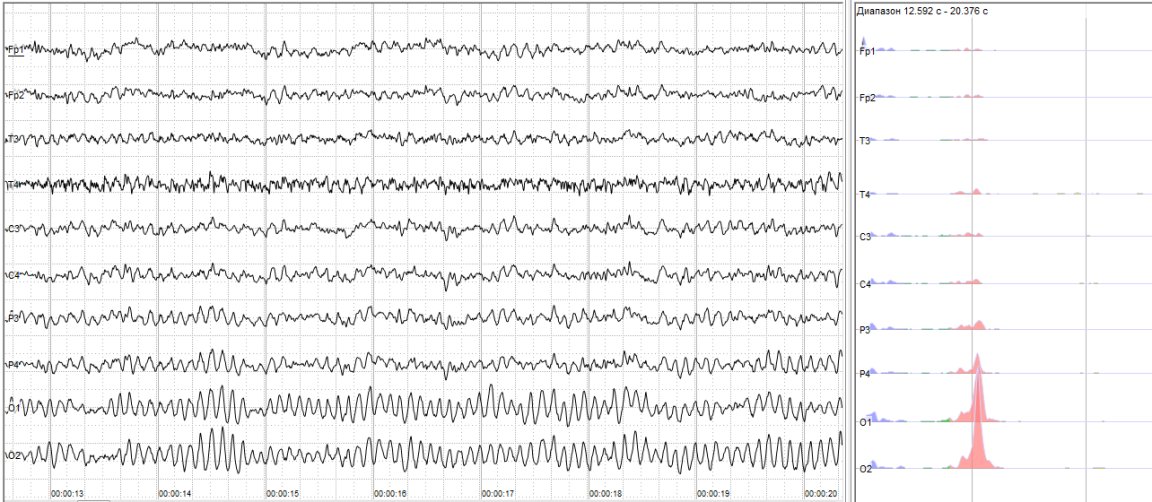
UNIQUE BRAINPRINTS
Research has long proved that many of us have horrible habits when it comes to setting up passwords for our accounts and security. To combat this while allowing for both complex passwords and easy user access, computer and software specialists in the industry have developed a number of solutions—password managers, facial recognition, voice activation, fingerprint scanners—the list goes on.
Finger print scanners, facial recognition and iris scanners are all examples of biometric systems. By utilizing unique features or patterns on your body, biometric systems allow a user to be secure without the hassle of memorizing a complicated password. Unfortunately, there are pitfalls. Facial recognition often requires high-end cameras that can discern facial structure, such that used in Windows Hello. Fingerprint scanners can be easily deceived by fingerprints lifted from objects that a user has touched.
Researchers at Binghamton University have developed a biometric identification system that uses a brain scan to figure out whether the device or account is being accessed by an authorized user. The system involves wearing an electroencephalogram cap and watching a series of 500 images. These images could be words, celebrity faces, or basic stock photos. They are flashed onto a screen for half a second or so.
Because the computer has a copy of a person’s initial brain scan, it is then able to compare the scan obtained from the fresh login attempt with the one it has on file. This system works because every person has unique reactions to different objects expressed in the form of brain waves in the scan.
For example, stimuli used in the experiment included images of sushi. People who hate sushi would have a very different reaction to the image than a person who eats it regularly. Repeat this across a set of 500 images, and it becomes much more difficult—nearly impossible, in fact—to fake an identity through the system.
Early tests were able to positively identify one person out of a group of 32 between 82 and 97 percent of the time. After some tweaking and improvements, a more recent test was able to do it with 100 percent accuracy.
The study is published in the academic journal Neurocomputing.
BIOMETRIC SAFETY
If the reserach could replicate its success rate across wider ranges of people, the technology would prove to be a highly effective cybersecurity system. Aside from the time consuming nature of running through a set of 500 images, data would also have to be allocated to store the initial reactions of users.
While recent tests have been resoundingly successful, the researchers, looking for flaws in the system, continue to test with scrutiny. One of their recent attempts included flashing a light at the same frequency as the user being impersonated, with the goal of getting both brainwaves to synchronize. It is a form of non-invasive brain stimulation that allows the brain to look like another individual’s brain.
While the researchers have only conducted three sessions, they were able to close the gap between the brainwaves of the differing subjects. While it was not enough to gain access, with more sessions, they’ll soon find out if brain scans could truly be the secure biometric system they hope it can be.